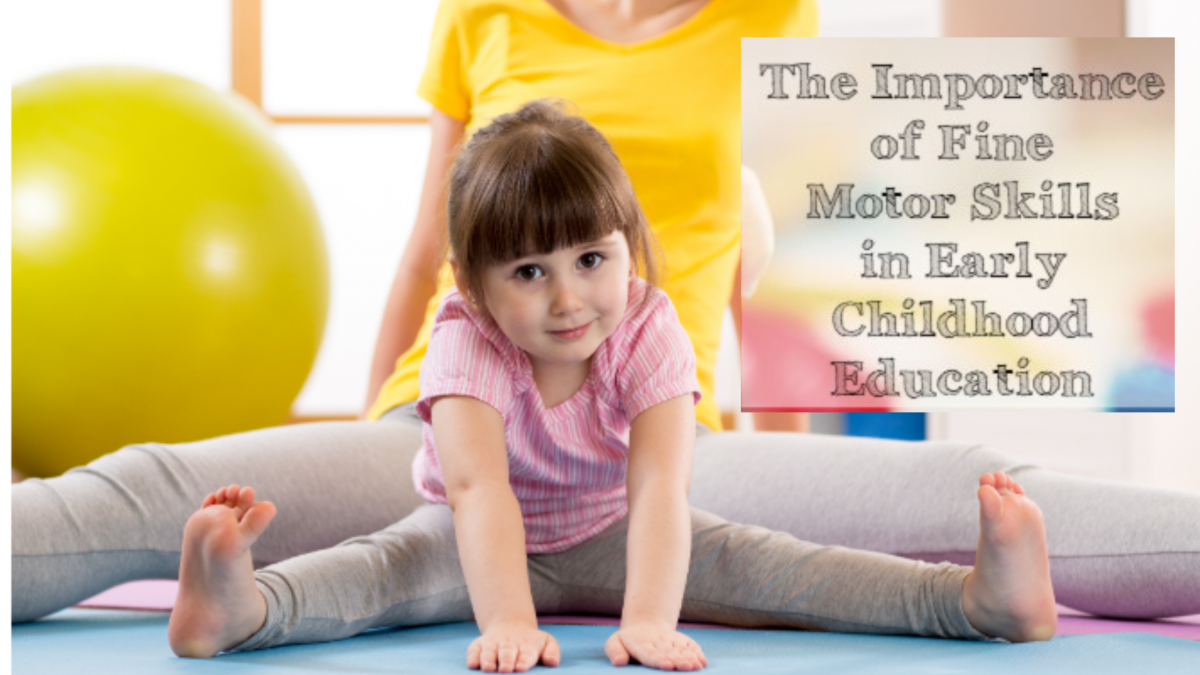
Physical & Motor Development in a Child
The early childhood years of children offer some of the most exciting yet challenging features that caregivers and parents must negotiate so that the children may attain their full potential and reach fruition. One of the major areas of concern is the physical and motor development of children in these tender years and the need for proper monitoring of these vital areas cannot be overemphasized.
Brain growth
The brain attains about 75 percent of its adult weight by three years of age. By age 6, it is about 95 percent of its adult weight. It goes without saying that as the brain grows, we see a corresponding change in what the child can do. Greater development in the prefrontal cortex, helps children to think, strategize, and control attention and emotion, making children increasingly capable of understanding how to play games, think ahead, and coordinate movement. Between ages 3 and 6, the left hemisphere of the brain grows dramatically. This is typically involved in the development of language skills. The right hemisphere continues to grow throughout early childhood and is involved in tasks that require spatial skills, such as recognizing shapes and patterns. At Nalanda Learning, based on these criteria the pedagogy is developed, which is tailored to address the needs of the children both intellectually and physically.
Motor Development
Early childhood again, is the period when most children acquire the basic skills for locomotion, such as running, jumping, and skipping, and object control skills, such as throwing, catching, and kicking. Children continue to improve their gross motor skills as they perform physical activities like running and jumping. Fine motor skills are also refined in activities, such as pouring water into a container, drawing, colouring, and using implements like scissors. These unique features too have been incorporated into the activity schedules of the children so that their developmental needs are addressed holistically.
Food Habits
Another area of serious concern revolves around the fact that in early childhood many children are seen to have a smaller appetite, and there is a general reticence to try new food. If this is not properly addressed this may lead to malnutrition as many children end up lacking a balanced diet. Due to common lifestyle anomalies, added sugars and solid fats contribute to an overwhelming intake of daily calories for children and it will not be out of place to mention here that approximately half of these empty calories come from avoidable sources like carbonated and fruit drinks, dairy desserts, grain desserts, and fast food. Caregivers need to keep in mind that they are setting up taste preferences at this tender age. Young children who grow accustomed to high-fat, highly sweetened, and salty food may develop an aversion to foods that have subtler flavors, such as fruits and vegetables that are beneficial for their overall physical well-being. Naturally, at Nalanda, such issues are also addressed as part of the parent orientation programs.